After decades of determined efforts by the people invested in the conservation of the highly endangered Attwater’s prairie chicken (APC), the wild population is finally reaping the benefits.
In late April, the U.S. Fish & Wildlife Service issued a press release to announce that the wild population is at its highest point in 28 years: https://tinyurl.com/cpa36rpz. On that note, Dr. Mike Morrow – a U.S. Fish & Wildlife Service biologist and the APC program leader – released an article he wrote about the APC population bouncing back: https://tinyurl.com/x5kdtkjn.

The population referenced in the press release was 178 birds, so there is still certainly a lot of work to be done, but for a species that has encountered so much adversity through the years, this is a significant progress report. Here at Fossil Rim, Director of Animal Health Dr. Holly Haefele is heavily invested in the APC program and she discussed an array of topics about this prairie grouse in a recent interview.
“The wild population had been maxing out at about 100-110 birds between the refuge and on private lands in Goliad, but that was prior to Hurricane Harvey in 2017 and flooding that also hit the population hard in 2018,” Haefele said. “So, the bounce back that Mike discussed in his article is awesome.”
What Are The Keys To The Population Increase?
Haefele then referenced a number of factors she believes have played into the progress.
“First, I’ll point to the biology of the APC,” she said. “This (uptick) is what Attwater populations are meant to do, but on a much grander scale. Imagine a million birds (which was the estimated APC population across Texas and Louisiana in the early 20th century). If there is a bad year, they are going to have a lot of mortality, but because they lay a lot of eggs and are able to respond to favorable weather, nesting, and food conditions, they can have this sharp (population) response.
“We are seeing it on a very micro scale with 178 birds. So, while it’s small now, you can see the potential for big population growth.
“It’s a numbers game. We have to get enough birds released so that enough remain the following spring to breed, successfully lay and hatch eggs, and then keep the chicks alive.”
Second, Haefele mentioned how crucial it is to control the red imported fire ant population in the areas where wild APCs live.
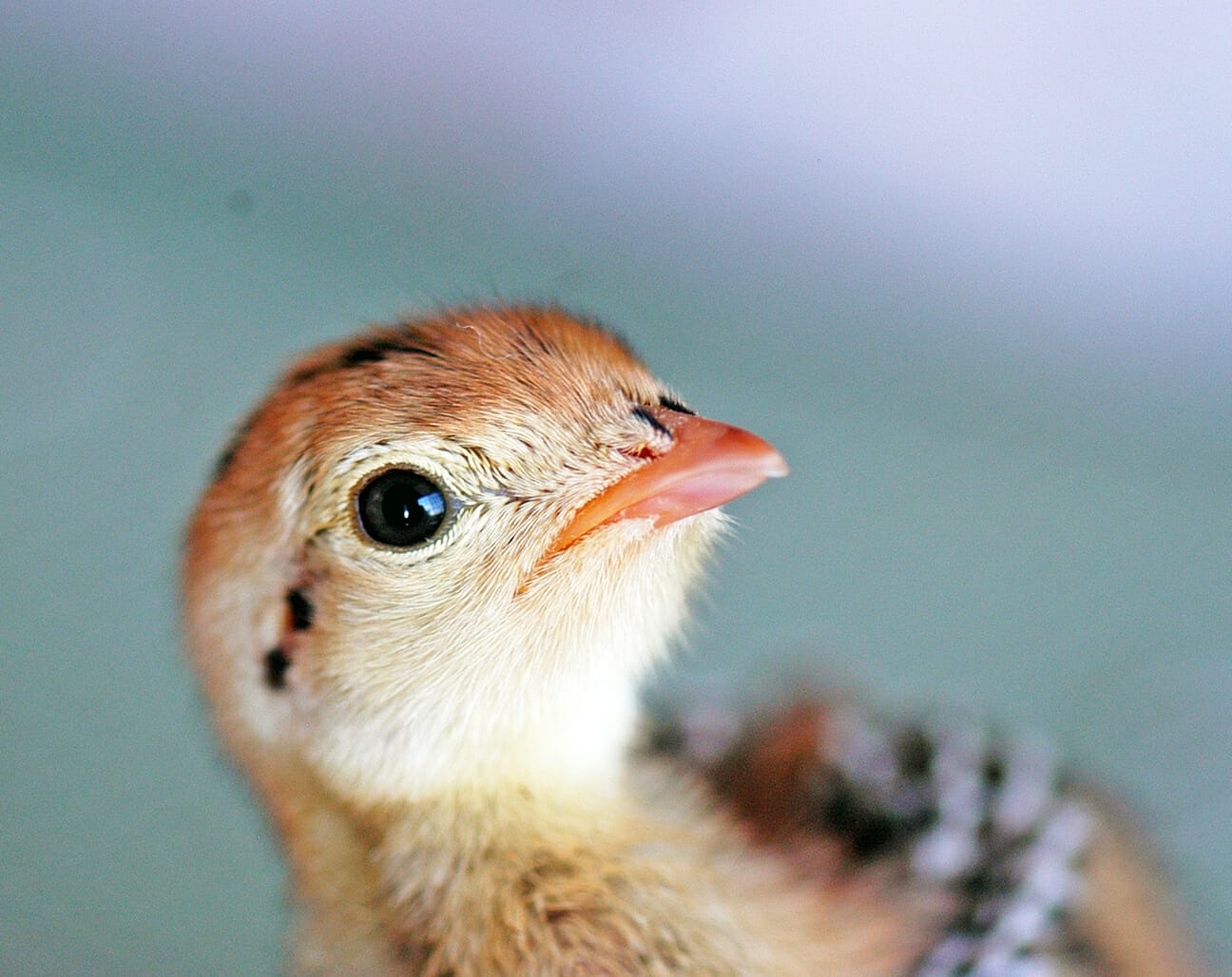
“Dr. Morrow has good evidence that ant control has increased chick survivability,” she said. “Chicks are reliant upon an abundance of small insects, which they feed on exclusively for about the first two weeks of life. When the fire ants are out of control, they hammer those insect populations.
“Research done on the refuge in 2014 found that large-scale suppression of fire ants resulted in twice the number of insects available for chicks. That directly played out in 2020 with a really nice rate of chick survivability, which is exciting.”
Third, she mentioned the importance of predator-deterrent fencing around nesting hens in the wild. The APC hens can fly over the fencing, but it is a deterrent for non-airborne predators.
“Fourth, the discovery that we get much better survivability when chicks are released into acclimation pens on the refuge before the full release into the wild – that was big,” Haefele said.
Her fifth point was about the efforts at the captive breeding facilities: Fossil Rim, Houston Zoo, Caldwell Zoo, and Sutton Avian Research Center in Oklahoma. At Fossil Rim, the APC staff includes Avian Curator Janet Johnson and Senior Avian Specialist Cara Burch, plus Animal Care Specialist Stephanie Davis for a portion of each year, along with APC interns.
“Our ability at the breeding centers to raise these birds that are release-ready and to have large numbers of them in captivity, as well as our marked improvement to do so over the years – that’s another key factor,” she said.
Sutton Avian Research Center is the newest member of the team.
“The more players we can have in this game, the better,” Haefele said. “When it was only Houston Zoo, Caldwell Zoo, and Fossil Rim, you get nervous when it all comes down to the captive production of three institutions. Sutton was a much-needed addition, plus they have the potential to eventually double the captive space available. Their staff brings many years of avian expertise, not only with Attwater’s, but with quail and other endangered birds.”
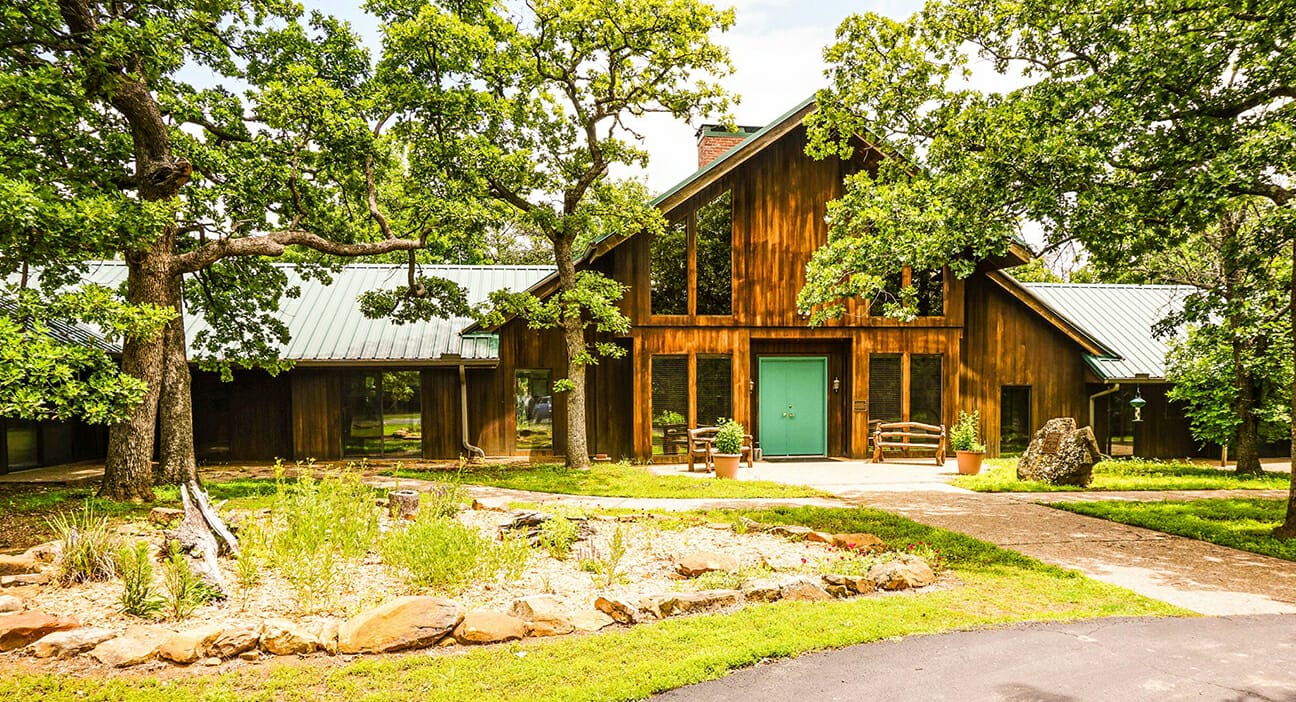
Both Morrow’s article and the press release wasted no time referencing the number of APC males counted during the 2021 spring survey – 89. In 2018, that number was only 13.
“Each spring, you can get an accurate count of the males in the population because they are lekking (a lek is a communal courtship display of males) and are highly visible,” Haefele said. “Also, they have a certain percentage of hens radio-collared, so the (Attwater Prairie Chicken National Wildlife Refuge) staff is able to locate them. Since 2020 was a good year, they are now seeing a lot of birds with no (leg) bands or radio collars that they know hatched in the wild.”

When A Pandemic Threatens Conservation Efforts
How did the COVID-19 pandemic affect human efforts for the APC?
“Last spring at Fossil Rim and the other APC institutions, we implemented some measures to hedge our bets,” Haefele said in regard to the potential that staff members might contract the virus. “We are lucky at Fossil Rim, because we fared better economically than some other zoological facilities out there. For many traditional zoos, that wasn’t the case. Staff cutbacks affected the bird production elsewhere.
“Since our APC staff is primarily two people, we tried to take extra precautions. To ensure some security with our APC production, we let the APC hens do some of the work, which lightened the workload on our staff, plus we had to account for the possibility of a COVID outbreak on staff. The hens sat on their own eggs.
“Normally, we pull all the eggs to utilize artificial incubators because we can’t rule out the possibility of snake predation, even though we have hotwire down to the ground and up the side of the fencing. Letting the hens do it was nice, because it decreased the load in the incubators and eggs incubated by an APC hen or a broody hen actually have a better hatchability rate.”
Haefele mentioned that other institutions allowed their hens to raise the chicks and had some success with that approach.
“We ended up pulling all of the chicks for hand-rearing, and that’s our plan again this year,” she said. “Once again, hens will do some of the incubating. While it may have been hard to make some of these changes (when the pandemic began), it was rewarding to have a new approach pay off.”
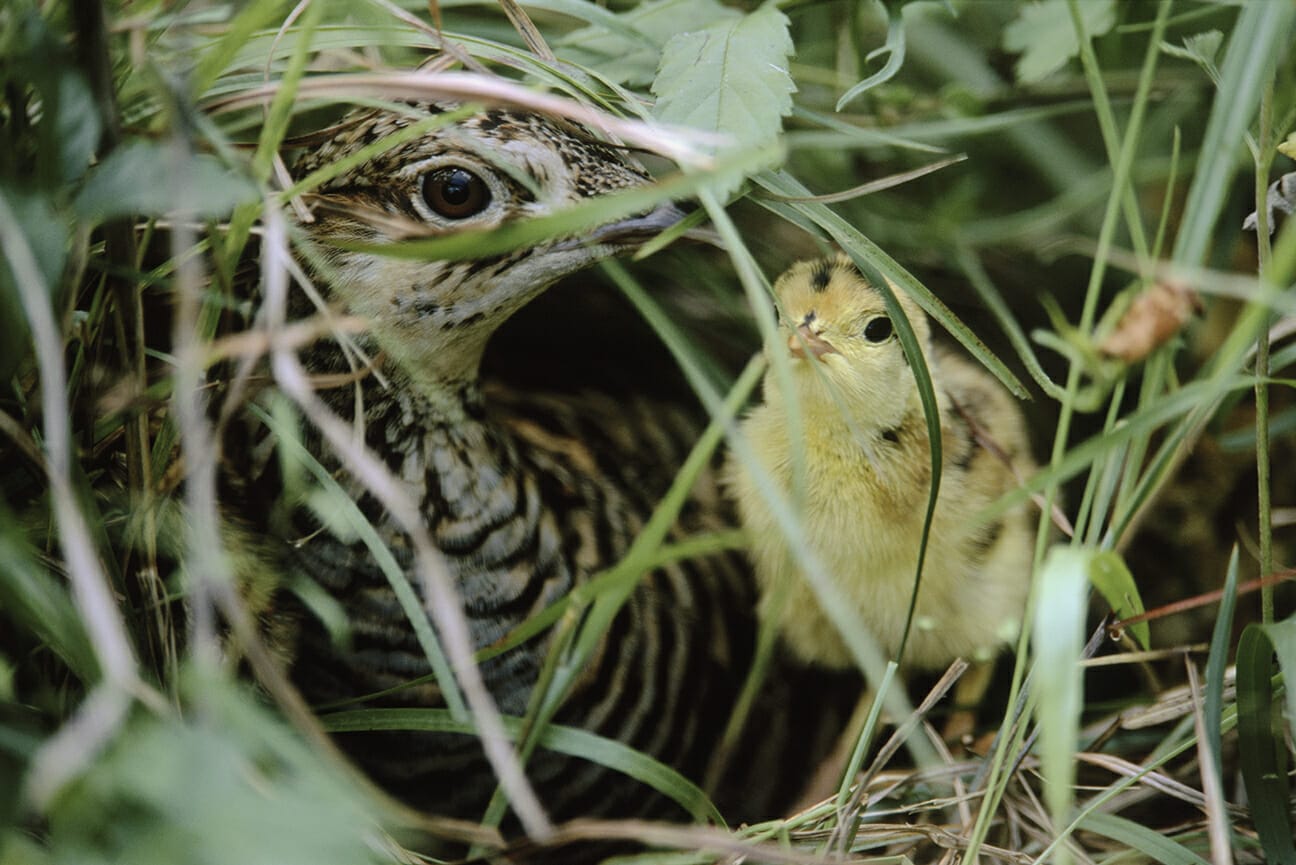
Succeeding In the Face Of Adversity
As mentioned previously, 2020 was a successful season for APCs in the wild, but it also went well for the program efforts at Fossil Rim.
“It ended up being a good season for us,” Haefele said. “The staff remained healthy and we did almost a full load, which is approximately 450-500 eggs and then roughly 250-300 chicks. Our survivability to eight weeks was very good, which was partially attributed to a change we made with their food.
“Some of these birds really like it when you wet their pelleted food, and that seemed to have a positive impact here and at other institutions. We’ll continue to do it.”
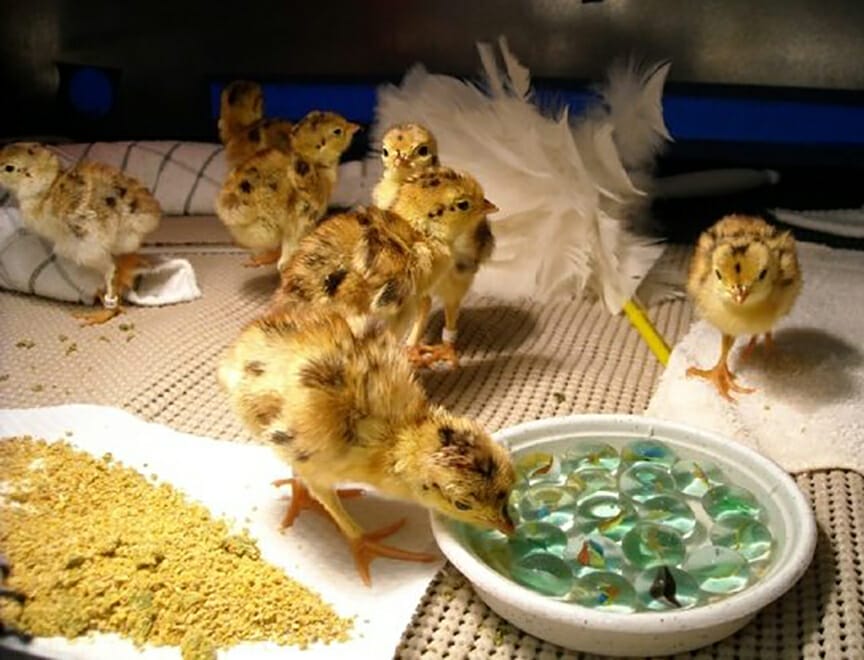
Communication among the key players in APC conservation is better now that it’s ever been, and the pandemic is actually responsible.
“We now have monthly Zoom meetings among Fossil Rim’s animal care and animal health staff, other breeding institutions, Dr. Morrow, and zoo nutritionists that started in 2020 during the pandemic,” Haefele said.

“Prior to that, we would get together 2-3 times annually. These meetings began as a check-in on how everyone is doing during the breeding season and pandemic, and then evolved into a nutrition-focused meeting to discuss how we improve nutrition in a captive setting. We do a pretty good job, but still struggle to match some of the nutrient values that we see in wild eggs in terms of carotenoids and optimal fatty acid ratios, plus a few other things.
“We are always striving to improve, because the quality of the egg directly affects the quality of the chick and what caliber of bird you are producing for release. Now, these meetings have morphed into a general discussion of whatever is deemed important to discuss. Maybe it’s the GroGel research project or a particular husbandry or medical problem.”
Participating In Significant Research
Now that she mentioned it, we need to get into the GroGel research project. But first, it is important to touch on chick survivability in the first 10 days after hatching.
“On the prairie, these chicks would be eating insects,” Haefele said. “We can’t replicate that to provide enough insects to make it a feasible captive approach. So, we approximate the nutrient quality, but in a pelleted diet.
“We think some of the post-hatch mortality is because the chicks have a hard time recognizing pelleted food as food. There can be other reasons like umbilical infections, for example, but the breakthrough with the wet crumble food has been good.”
As she explains about the GroGel, which is a hatchling supplement and attractant, it should theoretically join the moistening of the pellets as a factor that makes them more enticing.
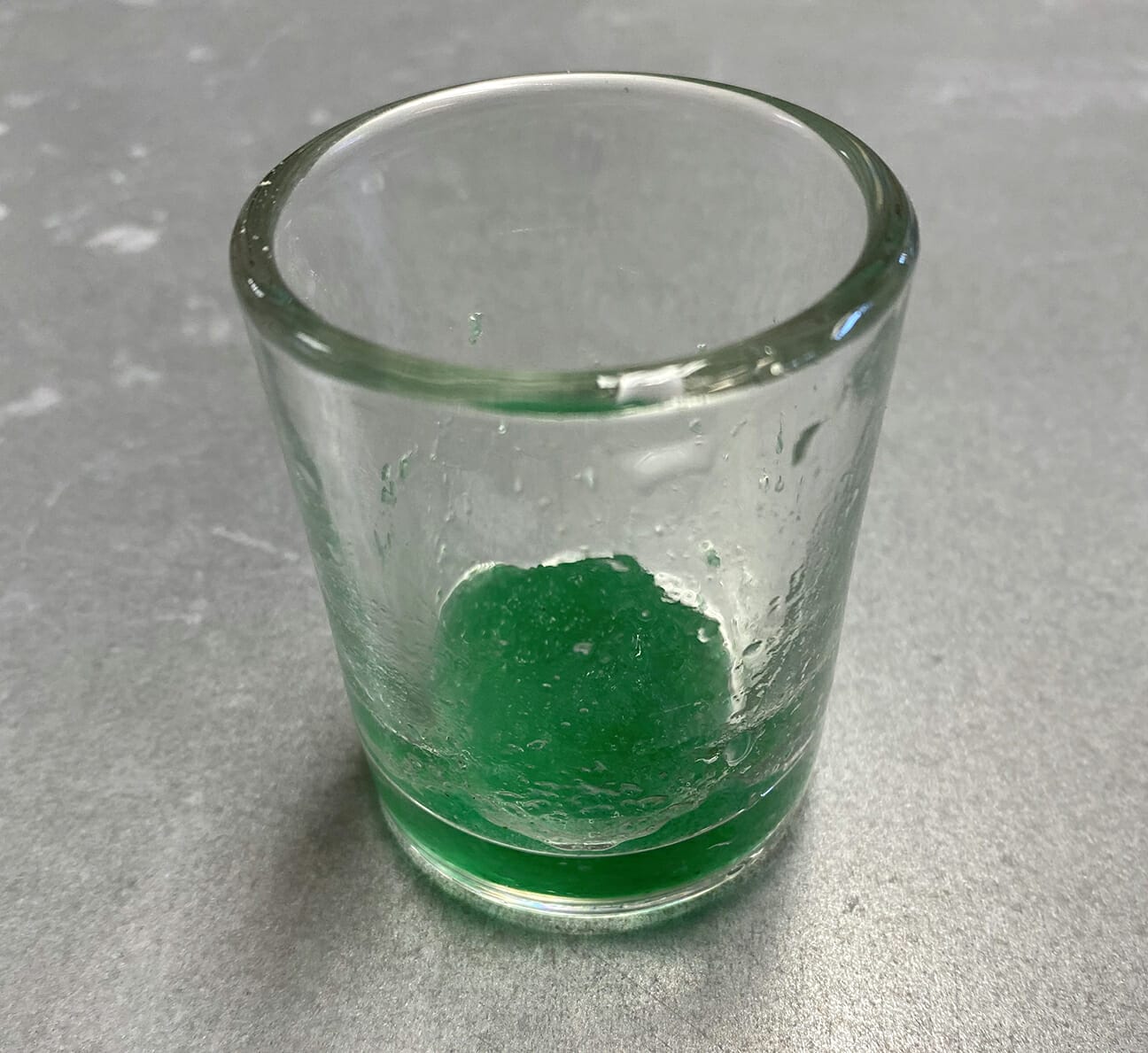

“We try not to make many changes from one chick season to the next, and that is helpful if you are trying to scientifically test one variable,” Haefele said. “This year, that one change is going to be hydrating GroGel for the first two days post-hatch. We are going to split these hatched chicks into two groups. One group will get the GroGel and the other group won’t.
“Otherwise, they will all be treated exactly the same. At 10 days old, we will determine the survival rate for each group. That will be the mark of whether this supplement is helpful or not. The gel is served on top of the crumbled food.
“The chicks love green food items, which we’ve known and so we’ve always given them a small amount of prepared green salad that we place on top of the pellets. The salad is the first thing they go after. The hope is that the visual stimulant of the green gel is another enticing reason for them to eat the pellets.”
Color is a huge factor in the world of birds. Johnson and Burch have always requested that staff coming near the flights of adult APCs only wear certain colors of clothing.
“This color component for the chicks’ food is very important because birds, insects, and some fish have a much wider range of color perception than mammals, such as sight in the ultraviolet range,” Haefele said. “Contrast that with axis deer, for example, that can’t see the colors green or orange. In their native India, they can’t see tigers in the grass.”
The Fight To Maintain Positive Momentum
Obviously a far different animal, but the population goal when reintroducing highly endangered antelope like the scimitar-horned oryx into the wild is to at least clear 500 individuals.
“Generally speaking for an endangered animal population, a total number of less than 500 individuals usually carries a poor prognosis for the long term,” Haefele said. “I know that everyone working for these birds wants to see us reach and exceed that number.”
If the people working for APCs at Fossil Rim can have a successful year in a pandemic, with COVID-19 transmission rates on the decline in 2021, it sounds like the wildlife center staff is aiming high once again.
“This is always an exciting and worrisome time of year,” Haefele said. “We have over 250 eggs so far, and there are some days on the calendar when a lot of hatches will take place. You might get thrown a curveball, but you hope it goes well. Fortunately, the experience of our staff is very valuable.
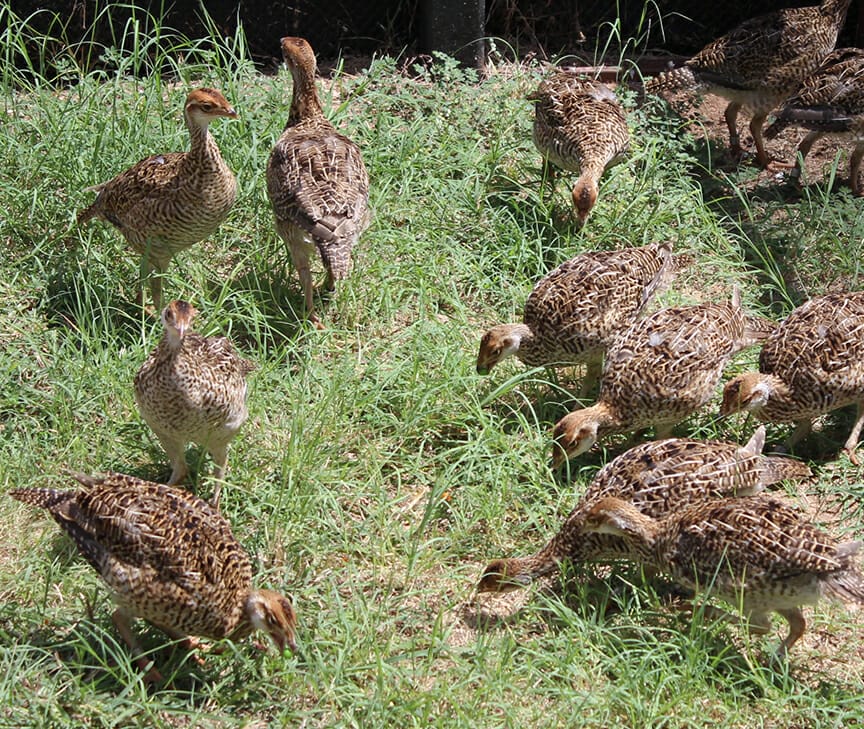

“If I’d been asked about the 2021 season outlook at the beginning of March, I wouldn’t have known what to say because the adult birds were stuck at the chick building while we were rebuilding the flights after they were damaged by the January snow. It was a crazy preseason where we felt a sense of urgency to get the flights ready, get the breeding pairs made, and get them comfortable so the males would begin booming. We look forward to a great chick season.”
-Tye Chandler, Marketing Associate

